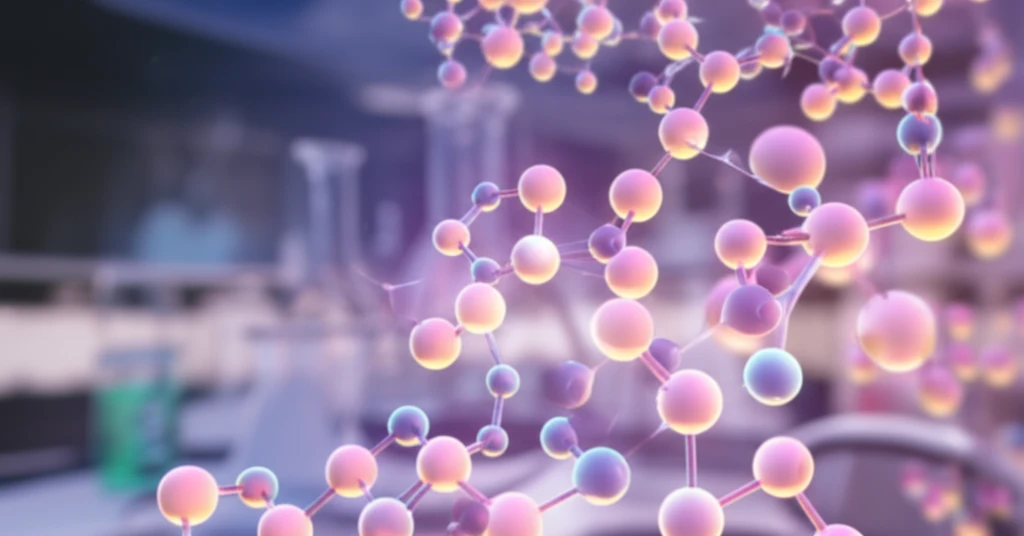
Unlock the Power of Nitrogen: How a New Chemical Reaction Could Revolutionize Drug Development
"Chemists have discovered a novel method to create carbon-nitrogen bonds, paving the way for more efficient synthesis of pharmaceuticals and other important compounds. Learn how this breakthrough works and its potential impact."
Nitrogen-containing molecules are essential building blocks in numerous natural products, pharmaceuticals, and agrochemicals. The ability to efficiently create carbon-nitrogen (C-N) bonds is, therefore, a cornerstone of modern chemical synthesis. Traditional methods often rely on harsh conditions, toxic reagents, or expensive catalysts, hindering the development of new and improved products.
Now, a team of chemists has unveiled a novel approach to C-N bond formation, leveraging the power of "internal oxidants." This innovative technique offers a metal-free, catalyst-free, and remarkably efficient way to synthesize trifluoroacetylated hydrazones – valuable intermediates in various chemical processes.
This article explores the details of this groundbreaking reaction, its potential applications, and its implications for the future of chemical synthesis. We'll break down the complex chemistry in an accessible way, highlighting the benefits for researchers, manufacturers, and ultimately, consumers.
The Magic of Internal Oxidants: A Simpler Way to Build Molecules

The key to this new reaction lies in the use of aryldiazonium tetrafluoroborates, which act as both the aminating reagent (the source of nitrogen) and the internal oxidant. In simpler terms, this means the reaction doesn't require harsh external oxidizing agents, making it cleaner, safer, and more sustainable.
- Metal-Free and Catalyst-Free: Eliminates the need for expensive and potentially toxic metal catalysts, reducing costs and environmental impact.
- Directing Group-Free: Simplifies the reaction setup and broadens the scope of applicable molecules.
- Azide-Free: Avoids the use of potentially explosive organic azides, enhancing safety.
- Mild Conditions: Operates under mild reaction conditions, minimizing unwanted side reactions and preserving delicate functional groups.
- Operational Simplicity: Easy to set up and perform, making it accessible to a wider range of researchers.
- Efficiency: Delivers high yields of the desired products in short reaction times.
- Gram-Scalable: Can be scaled up for industrial production.
- Functional Group Tolerance: Compatible with a wide range of functional groups, allowing for the synthesis of complex molecules.
A Sustainable Future for Chemical Synthesis
This newly developed C-N bond formation reaction represents a significant step forward in sustainable chemistry. By utilizing internal oxidants and avoiding harsh conditions and toxic reagents, it offers a cleaner, safer, and more efficient route to valuable chemical compounds.
The potential applications of this reaction are vast, ranging from the synthesis of new pharmaceuticals and agrochemicals to the development of advanced materials. Its simplicity and scalability make it particularly attractive for industrial applications, promising to reduce costs and environmental impact.
As researchers continue to explore the intricacies of this reaction and expand its scope, we can expect even more innovative applications to emerge, further solidifying its role in shaping the future of chemical synthesis and drug discovery.
